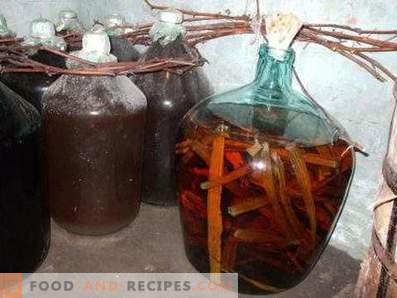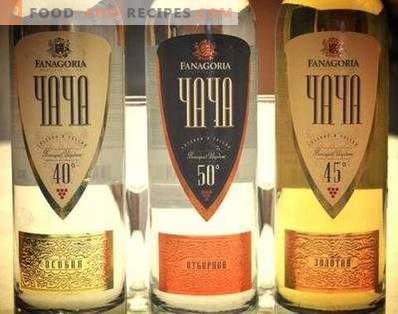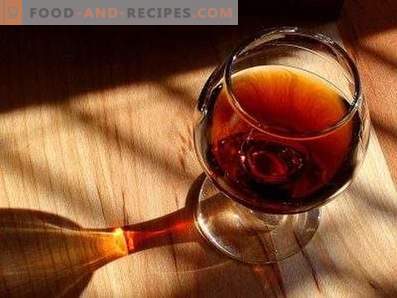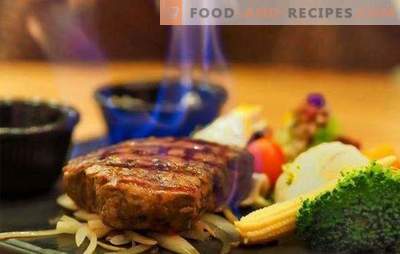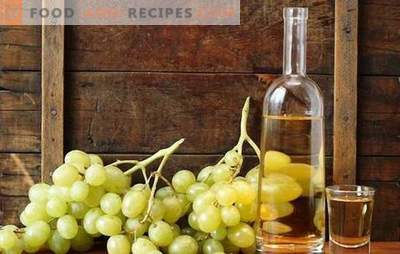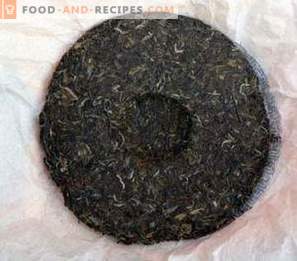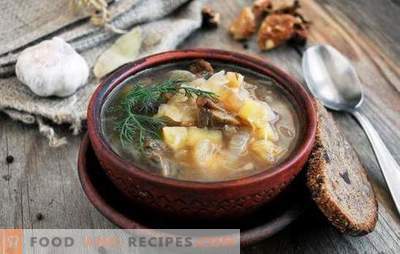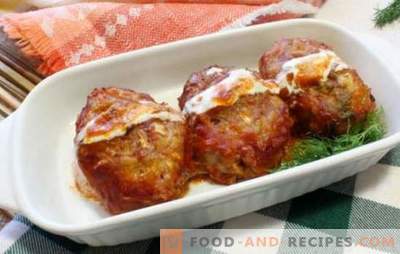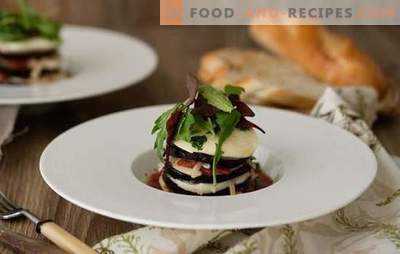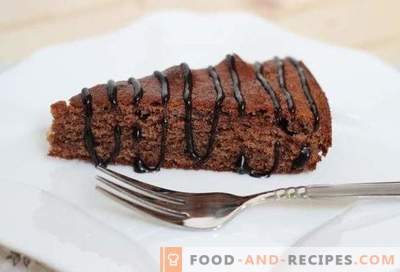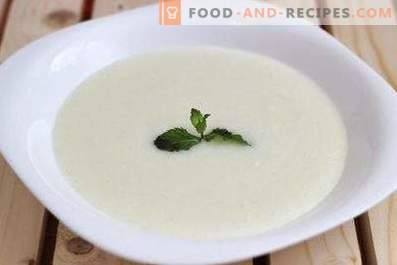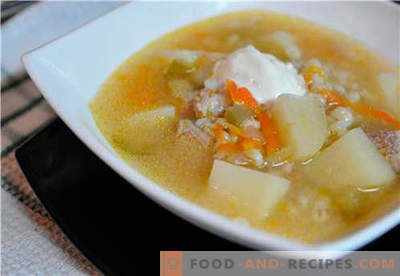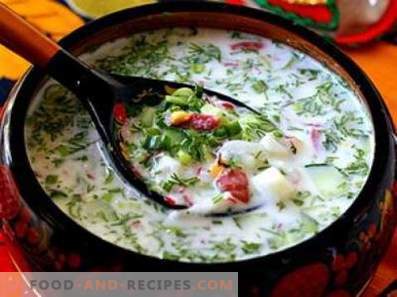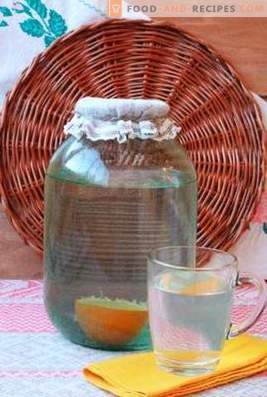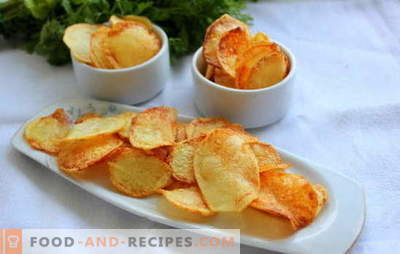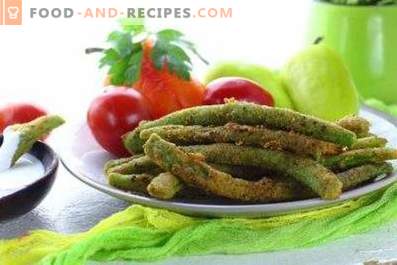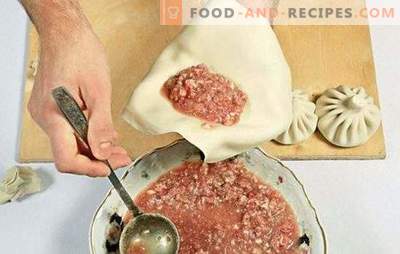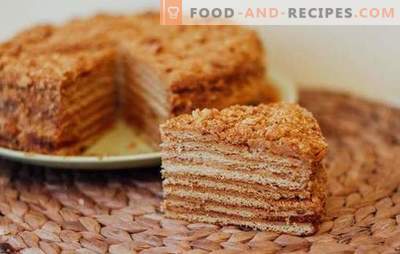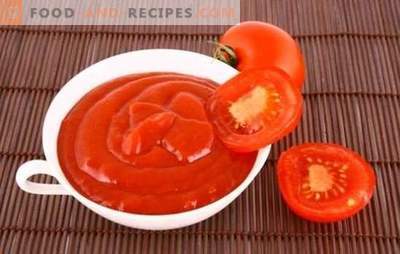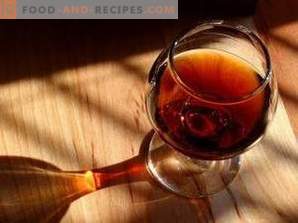
People who are not knowledgeable in alcoholic beverages quietly put brandy and brandy on the same level, mistakenly believing that both of them and another high-grade drink are one and the same. True, realizing that the difference can only be in the composition.
But versed in the intricacies of winemaking and knowledgeable in good cognac will be simply shocked by such ignorance and try to open their eyes, explaining the difference between cognac and brandy.
The only thing that unites these two drinks is their origin, which is already several centuries old.
... Once upon a time, grape wines were made in France, which were famous throughout the country and exported to different countries. Yes, that's just a long journey by sea (in the absence of air traffic), this wine often could not stand. And in the end it spoiled.
And then with someone's light hand - the story believes that it was the Dutch, who then bought this wine - the wine began to be distilled (distilled), to eventually get a concentrated product with a large number of degrees, and therefore, with an extended shelf life. Of course, the Dutch first wanted to use the formula “just add water” to get the original wine in the end. But the quality left much to be desired.
The French have got down to business. They thought about how to remedy the situation, invented the devices and technology of double distillation of grape wine and realized that the product that turned out to be very good. And in undiluted form. And thanks to the storage of wine distillate in oak barrels in the end it turned out brandy.
The birthplace of brandy is the city of France of the same name Cognac. There, the production of brandy put on a grand scale. We decided on the choice of grapes for making wine, with aging periods, distillation methods and other subtleties of winemaking. Only certain sorts of white grapes are suitable for the production of cognac: Yuni Blanc, Foil Blanche, Colombard, Montille, Juranson Blanc, Saint-Francois, Semillon.
With the use of spinning horizontal pneumatic presses, further fermentation of the obtained juice and double distillation, brandy alcohol is obtained, which is then poured into oak barrels made by hand by cooper masters of oak trees not younger than 80 years of age.
The special taste of the cognac drink gets precisely because of these barrels. After all, the manufacturing technology of barrels is such that it is necessary to burn them from the inside, and there is a reaction between fire and wood, due to which burned sugar appears on the walls. Cognac alcohol is poured into barrels and cleaned for storage. During the aging - from two years and longer - replacement takes place and many substances (tannins, lipids, amino acids, sugars, enzymes, oils, gums) pass into alcohol. Cognac spirit acquires a golden brown color, a pleasant aroma of vanilla, flowers and fruit and turns into brandy - the brand of the highest quality.
But this does not mean that any brandy can be brandy.
A little deviating from the topic, you can give an example with wine. Take the same Cahors ... Cahors is a wine, but not every wine can be a Cahors. It all depends on the production method with which the products are made.
Everyone liked the cognac so much that in many countries they also wanted to make it. But it was not there! The production of brandy was patented and legally approved outside the city of Cognac, and therefore no one else had the right to make it.
But you can find a way out of everything.
Other manufacturers began to produce brandy - a strong drink made according to the same technology as cognac, but from any grape variety, without particularly following the rules of distillation. Cognac spirit was also poured into barrels, but often it was not observed at the same time. If brandy spirit was poured directly into the bottles, then a colorless liquid with a large number of degrees was obtained. In order to add color to the cognac product, they began to tint it with caramel, add sugar and other juices (and more recently, flavors).
If in the production of brandy during the fermentation of grapes sugar is not added, in the production of brandy it is quite acceptable.
When making cognac, in brandy alcohol you can add water, caramel, infusion on oak chips, and the percentage composition is necessarily specified. In the rest of the brandy, you can add any juice, fruit, berries, sugar.
For brandy, the percentage "ceiling" of alcohol is strictly defined - 40% vol. Brandy can be much stronger.
Distillation terms in cognac production are strictly regulated - from the moment of grape harvest (October) until March 31. Moreover, the strength of brandy alcohol should be 72% by volume. For brandy, as stated above, there are no such strict rules.
If only oak barrels made of “stone” oak or petiolate are suitable for aging cognac, and storage conditions in certified cellars are specified, then barrels of any kind are used to store brandy. Yes, and store the brandy as they see fit manufacturers themselves.
If brandy is also brandy in Africa, then there are several types of brandy.
Grape Brandy
It is made from grape juice. This includes such brands:
- Cognac. After all, this is also brandy, only of the highest quality.
- Sherry brandy (made in Spain).
- Greek grape brandy.
- American brandy.
- Armenian brandy. Everyone knows him as Armenian cognac.
Brandy from the spin
It is made from what remains after the squeezing of grape juice. By the way, Italian grappa, Yugoslav rakia and Georgian chacha belong to the brandy from the tricks.
Fruit Brandy
Such brandy can be made from any fruit and berries, excluding grapes. It turns out very strong - up to 90 °. These brands include:
- Calvados - apple brandy.
- Kirschwasser - cherry brandy.
- Plum brandy - plum brandy.
- Borovychka - juniper brandy.
- Williams is a pear brandy.
- Framboise - raspberry brandy.
And finally, a little advice. For some reason, everyone thinks that brandy should be eaten with a slice of lemon. But this is a well-established erroneous opinion. After all, the lemon completely extinguishes all the taste of brandy and its indescribable aroma.
The second mistake is to heat the brandy. But at the same time many essential oils evaporate, and brandy loses its original taste.
Cognac is not drunk, but as if savored, enjoying exquisite taste.
By the way, all these tips apply to the rest of the brandy. The main thing is that brandy should also be of high quality. But it remains on the conscience of the manufacturer.

